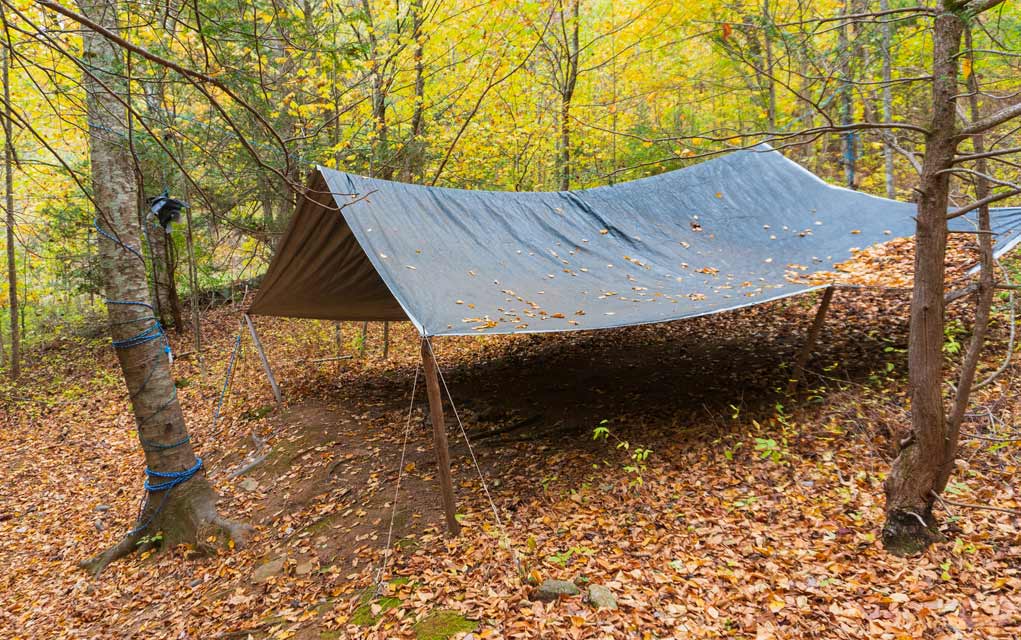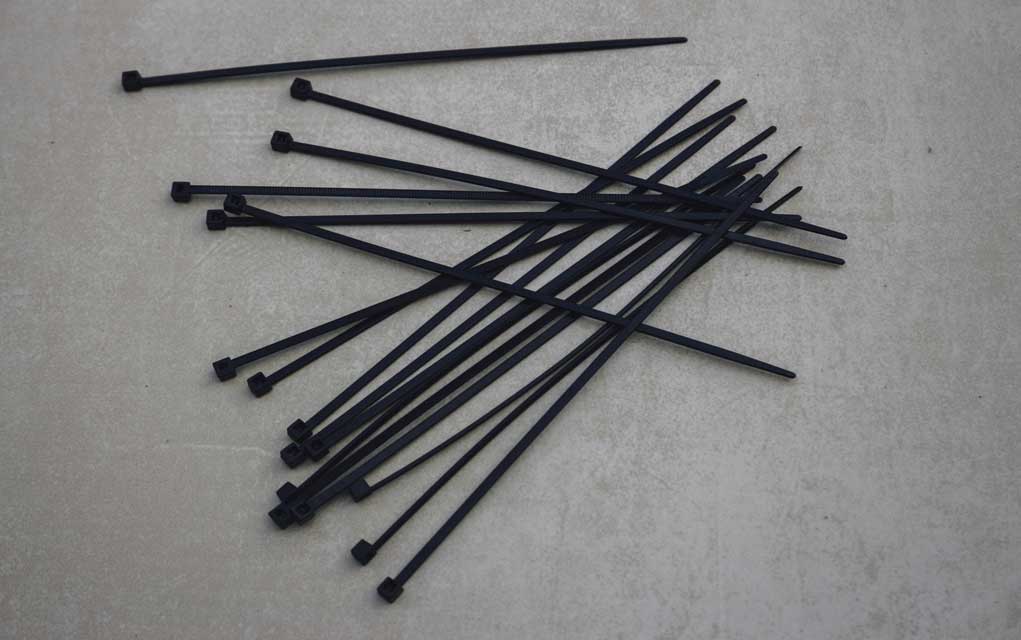(ModernSurvival.org) – In a survival situation such as becoming lost in the woods, the first thing anyone should do is find or build a shelter. Shelter is more important than finding food or water. The average human can go three days without water, and roughly three weeks without food before death is a real threat. Being exposed to the elements, however, can be deadly in as little as three hours.
One of the easiest ways to create a shelter is by utilizing a tarp, some paracord, and a little know-how. In the following video, Recreational Equipment, Inc. (REI) provides a few options for creating a quick and easy refuge from the elements.
The shelter options shown in the video are the A-frame, closed-end A-frame, wind shed, and C-fly.
-
- A-frame – the A-frame tent is made by placing two hiking poles (or sticks) into the ground, securing them with guylines (these create tension on the pole and keep them from collapsing under the weight of the tarp), then stringing paracord between the poles. The paracord can also be strung between two trees if need be. The tarp is placed over the string and its corners are staked in place. This creates the “A” shape and provides a place to escape the elements within the tent.
- Closed-end A-frame – This setup is similar to the A-frame tent above, but with one end of the tent closed off. Instead of using two poles and paracord, only one pole is used at the entrance to the tent. Attach the tarp to the pole, then stake all four corners to the ground.
- Wind Shed – A wind shed shelter is best for windy areas but not so great for protection from the rain. This tent is more complex to build than the previous two but still isn’t overly difficult. Begin by staking down one side of the tarp, then place two poles halfway down the adjacent sides of the tarp. Connect the tarp to the two poles, and stake down the one corner that isn’t raised by the poles. The remaining corner uses a guyline to be pulled taut.
- C-fly – The C-fly shelter is best used when the wind is coming from one direction only. It does have the added benefit of providing some protection from the ground as well. Stake down two corners of the tarp, then add an additional two stakes far enough back to provide room to lay on the tarp. These will form the sleeping area with protection from the ground. Erect poles next to the staked corners, and guyline them in place. Next, string the paracord between the poles and place the tarp over the cord. Use guylines to secure the exposed edge of the tarp in place.
Tarps and paracord should be part of any survival or hiking pack, making these options excellent choices when a quick shelter is needed. Remember, the average human can only survive for three hours when exposed to the elements in a survival situation. To see why check out our article on the rule of three for survival.
~Here’s to Your Survival!
Copyright 2023, ModernSurvival.org













